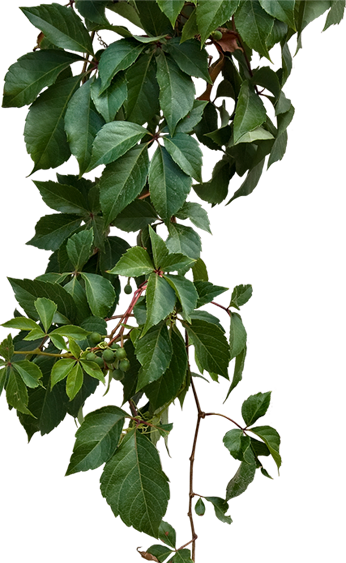
Led Grow Lights And Rapid Trait Selection: Paving The Way For Next Generation Crops
- Home
- Led Grow Lights And Rapid Trait Selection: Paving The Way For Next Generation Crops
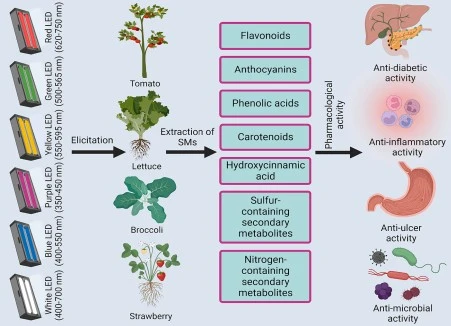
Led Grow Lights And Rapid Trait Selection: Paving The Way For Next Generation Crops

Abstract:
Light quality (spectral arrangement) and quantity (photoperiod and intensity) influence plant growth and metabolism and also interact with several factors including environmental parameters in defining the plant behaviour. The Light Emitting Diode (LED) lights are extensively utilized in the cultivation of several plant species, especially horticultural plants due to their lower power consumption and higher luminous efficiency compared to the conventional fluorescent lights. The aim of this review paper is to examine the potential of LED technology as it relates to plant lighting in greenhouses and other horticultural environments. It also desires to give an in-depth study of the advantages of LED lighting on plant development, yield, the production of secondary metabolites, and defence mechanisms. Horticultural lighting might undergo a revolution because LEDs are used in solid-state lighting, which would be a tremendous advancement after decades of research. LEDs may be used in a variety of horticulture lighting applications, such as tissue culture lighting, controlled environment research lighting, supplementary lighting, and photoperiod lighting for greenhouses. The primary impacts of light colours on plant performance are shown by the spectrum effects of LEDs as an independent source of light, together with the diverse sensitivity of many plant species and alternatives. LED light influences performance of enzyme, gene expression, cell wall formation, plant defence and postharvest quality. The spectrum reactions are mediated by the ambient lighting in a greenhouse, which also indicates a strong relationship between the additional supplementary lighting and changing environmental factors. LEDs are growing further to become cost effective for even large-scale horticulture lighting applications as light output increases and device-expenditures-decrease.
Introduction:
For more than a century, supplemental lighting has been utilized in the field of horticulture to enhance development and growth of the plants. Additionally, it is noteworthy that this technology originated from the lighting industry and was not initially devised for plant purposes. Plant cultivation and research have made use of a range of lights, including high-intensity discharge lamps, fluorescent, metal halide, and incandescent. Each of these technologies has been fine-tuned to cater to a diverse range of horticultural crops, enabling control over photoperiods, manipulation of plant morphology, and augmentation of photosynthesis. The photomorphogenesis development of a plant can be altered by the characteristics of light, it has a major effect on development and growth of plants. LED lighting is increasingly recognized as a possible source of light for cultivating crops in enclosed and controlled environments due to its ability to generate pure monochromatic light. This unique characteristic of LEDs offers advantages in terms of precision and customization, allowing for tailored lighting conditions that can optimize development and growth. In both indoor and outdoor lighting applications, traditional bulbs are gradually being replaced with LEDs, and the rapid advancements in LED technology offer immense opportunities for the advancement of horticultural lighting.
The impact of LED efficiency on the growth and development of plants
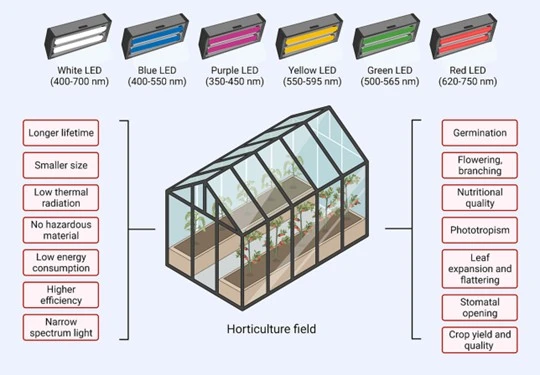
Importance of LED’S in rapid trait selection:
Horticulture is the process of propagating and cultivating plants in order to increase their development, quality, and tolerance to diseases, pests, and other environmental challenges. Light controls about 90 % of plant genes for stimulating plant growth, in horticulture agricultural areas. In the greenhouse sector, energy is a significant cost element, accounting for around 20–30 % of overall production expenses. It is very important for greenhouses to have the right lighting for crops, especially in areas where the seasonal photoperiod (day length) changes and there isn’t enough light for plants to grow properly. In greenhouses, the most utilized light source is High-Pressure Sodium lamps (HPS). HPS lights run at high temperatures (200 ◦C), causing strong infrared heat output. This property (radiant heat generation) precludes the usage of HPS lights in energy-efficient greenhouse ideas in the near future. A novel technique that may greatly lower power usage while also producing low radiant heat for crop lighting while simultaneously maintaining or boosting the crop value (growth and nutritional) is very appealing to the greenhouse business.
In LED lights the output of different wavelength ranges of the emitted light by the lamp is controllable rather than the commercial light source which was traditionally used earlier in horticulture. LEDs are utilized in the context of plant growth and high yield and are also easily controlled by the spectral output because it matched with the plant photoreceptor.
Enhancement of photosynthesis efficiency via LED system:
Photosynthetic efficiency is the measure of the ability of plants to convert light energy into chemical energy via the process of photosynthesis. The percentage might vary between 3 and 5 % depending on the type of the plant. Several essential crops have a higher-than-average photosynthetic efficiency, enabling them to produce substantial yields. HPS lamps and other metal halides (MH) are used in greenhouses to provide artificial lights for photosynthesis. When compared to traditional incandescent, MH, and HPS lights, LEDs provide many advantages that make them an ideal solid-state lighting alternative for greenhouses due to their high energy efficiency for photosynthesis, easy spectral composition control, low radiant heat output, and easy light intensity adaptation to plant photoreceptors. Additionally, an LED may be readily coupled with sensors and digital controllers to adjust smart lighting programs for plant photosynthesis by altering the emission ratio of blue to red LEDs, frequency, and intensity for plant species and development phases. Over the past two decades, several researchers have worked to make LEDs an energy efficient lighting option to increase greenhouse plant flowering and photosynthetic efficiency.
Effects of different LED elicitors on secondary metabolites production:
It is believed that specialized metabolites are the primary source of the pharmacological and therapeutic features of medicinal plants. Medicinal herbs have been utilized since ancient times and have contributed significantly to treatments. The existence of a significant concentration of bioactive compounds in plants is what gives them their significant economic value. These compounds have a variety of beneficial impacts on human health, such as antimalarial, antidiabetic, hepatoprotective, antiulcer, anti-inflammatory, and antimicrobial qualities. The enhancement of specialized metabolite concentration can be achieved through cultivation in a controlled environment, which leads to a reduction in the expenses associated with the extraction of the active components. The past several years, they have also been employed to increase the yields of secondary metabolites in medicinal plants, which is a novel use. When it comes to controlled growth systems, artificial lights play a vital role, and LEDs are often considered to be the most effective artificial light sources available at the moment. The increased synthesis of a variety of beneficial secondary metabolites using light elicitation has opened a new topic of study that might impact both pharmaceutical and nutraceutical industries significantly.
The effects of LED light on enzyme activity:
Light is the most essential element influencing plant development, changes in irradiance impact not just the development of plants but also their morphology, different elements of their physiology, and their overall production. Although light quality has an impact on plants, the ramifications are more complicated. Plants respond differently to different types of light, but red and blue light have the greatest impact on plant development. For artificial plant growth control, LEDs are appropriate because of their extended life, compact volume, low weight, and high photo synthetically active radiation efficiency, making LEDs a perfect light source.
Effects of LED lights on gene expressions:
Even though there have been many advances in photo-regulation of plant development, relatively not much is known regarding the particular influence of LED light quality on gene expression regulation. The regulation of gene expression by LEDs with regard to photoreceptors and auxin responsive factors, the pathways for ascorbate metabolism, carotenoid biosynthesis, flavonoid biosynthesis, and genes involved in defence. More specifically, the expression of important regulatory genes that are involved in a variety of metabolic processes in plants may be regulated by white, red and blue LEDs, either separately or in combination. When in Citrus fruit, especially b-cryptoxanthin, accumulated more carotenoids when exposed to red light, but exposure to blue LEDs had no impact on the accumulation of carotenoids. The expression of the expansin gene was found to be the highest when cherry tomato seedlings were exposed to blue LEDs, which aligns with the observed impact on stem length. Under blue light, genes were expressed at their highest levels.

According to a current study, red light exposure induced wheat sprouts genes differently than normal. Furthermore, when other sprouts were grown in the presence of white light rather than blue and red LEDs, the amount of carotenoid biosynthesis gene expression was higher. The Night-Interrupting-Blue light treatment in Dendranthema grandiflorum triggered flowering with high-level expressions (which are regarded to be flowering promoter genes), probably because the flowering inhibitor genes.
Conclusion:
Most importantly, there is startling proof that secondary metabolites play as an essential player to combat against pests and diseases, which helps to advance their adaptation ability and also influence the quality of horticultural production. Hence, a deeper study to uncover the role of LED lights on plant secondary metabolites should be investigated. Despite of several reports conducted on effect of LED lights on plants, few gaps are remains unanswered. In this respect, optimum intensity and light spectra required by several horticultural crops to optimize their product quality and yield need to be solved. Besides, a better characterization of light spectra and intensity interactions needs to be performed. LED illumination sources are increasingly being utilized to enhance the growth rate of vegetables and herbs cultivated in greenhouses worldwide. This surge in popularity can be attributed to the widespread adoption of LEDs in greenhouse installations, favourable energy consumption policies, and their minimal environmental impact. Nevertheless, more study is required in order to gain a comprehensive understanding of the effects of the LED illumination spectrum on plant growth and the complex opt biological interactions that regulate the process of photosynthesis. The increasing advancement of LED sources that are both long-lasting and affordable, and that provide an extensive range of wavelengths, is expected to drive the adoption of LED lighting in greenhouse environments. This advancement holds the potential to significantly improve horticultural production yields and shorten cultivation cycles. This review paper is specifically geared towards exploring next-generation LED technologies that are well-suited for implementation in protected cropping facilities. The objective is to enable the cost-effective attainment of high crop yields and quality. It is important to note that the focus of this review predominantly revolves around widely employed LED illumination sources in greenhouse and growth chamber settings, namely red, blue, green, and far-red LEDs. Despite the growing popularity of LED illumination in agriculture, there are still notable challenges to overcome for the wide-scale deployment of LED-based greenhouses and the development of efficient, cost-effective systems. Therefore, substantial progress is expected to arise from multidisciplinary research and development efforts that foster close collaboration among LED manufacturers, greenhouse growers, and researchers.
References:
1. The Role of LED Light in Enhancing Crop Production: From Photosynthesis to Crop Breeding. Frontiers in Plant Science, 12, 600018
This paper discusses the role of LED light in enhancing crop production, emphasizing its use in plant breeding and trait selection.
2. Effect of LED Lighting on Plant Growth and Development. Horticulture, Environment, and Biotechnology, 57(6), 579-586. https://doi.org/10.1007/s13580-016-0021-6
This article reviews the effects of different LED wavelengths on plant growth and development, relevant to trait selection and breeding.
3. LEDs in Horticultural Lighting. HortScience 43(7), 1947-1953.
This paper explores the advantages of using LEDs in horticultural lighting and their potential in enhancing plant growth for crop improvement.
4. The Future of Vertical Farming: Role of Light Emitting Diodes in Sustainable Agricultural Practices. Frontiers in Sustainable Food Systems
This article explores the use of LED grow lights in vertical farming, addressing how controlled lighting can enhance rapid trait selection and crop growth.
5. LED Lights and Their Role in Modern Agricultural Practices. Agricultural Sciences
This paper outlines the applications of LED lighting in modern agriculture, with a focus on their influence on plant traits and agricultural productivity.
- Blog Categories
- Basic of Artificial Lighting for Plants
- Basic of grow Light
- Case Studies
- General Awareness
- Indoor Vertical Farming
- Medical Plant Research
- Online Tool
- Pitch Grow Light
- Plant Lighting Measurement
- Speed Breeding
- Supplemental Lighting
- Tissue Culture Grow Lights
- Vertical Green Wall
- LED Grow Lights
- Pharma Segment
- General
Popular Products
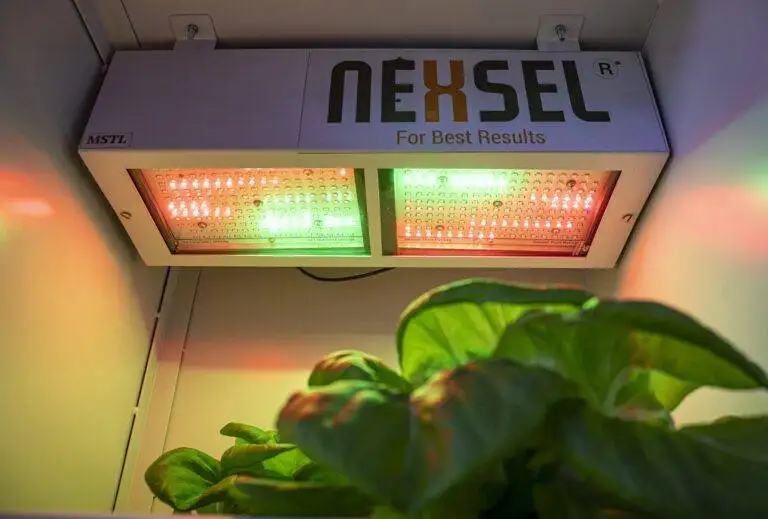
Enquire Now
Quick Link
Other Links
Design & Developed By VBTEK


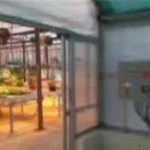
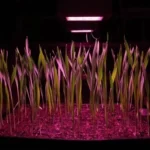
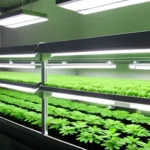
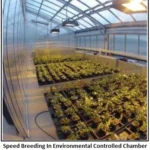
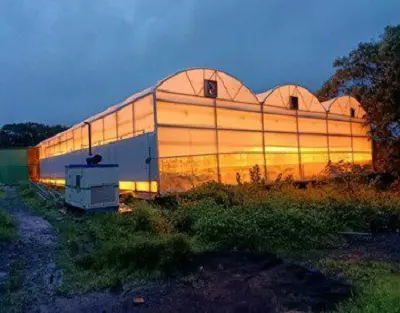
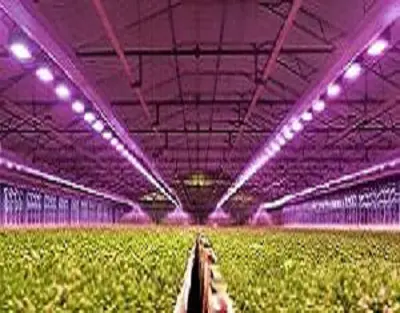
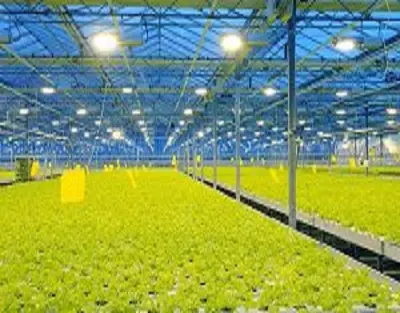
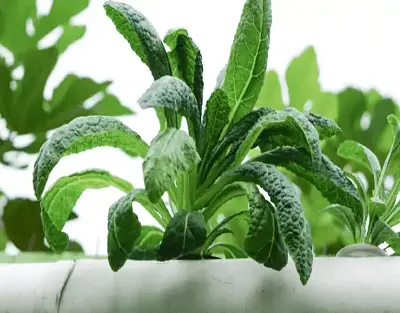
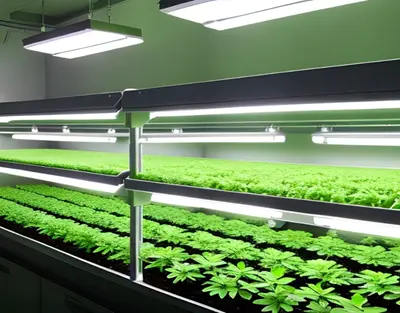
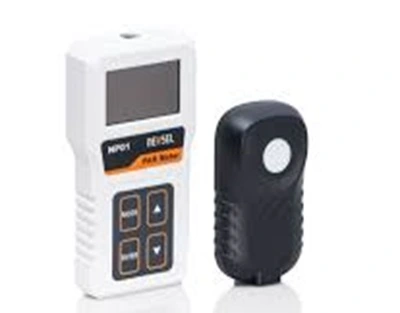
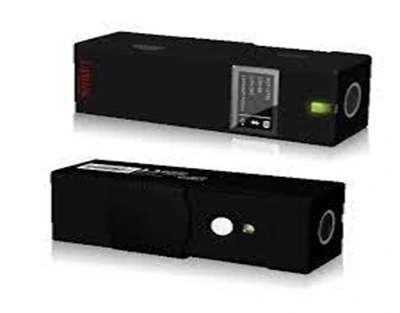
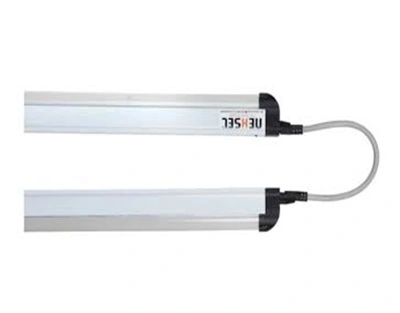
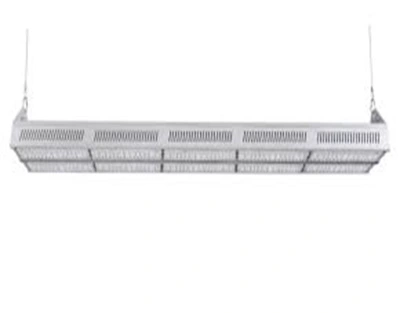
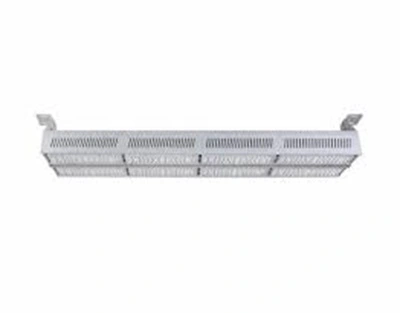
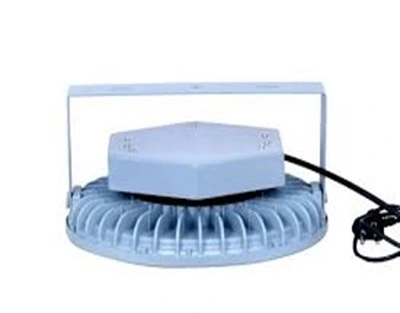
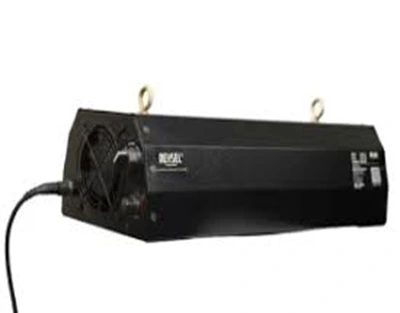
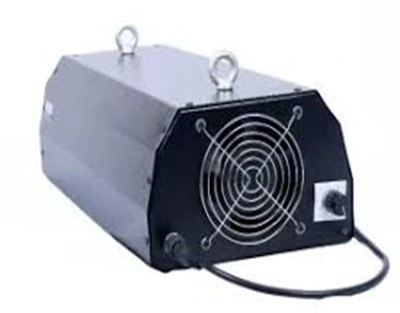
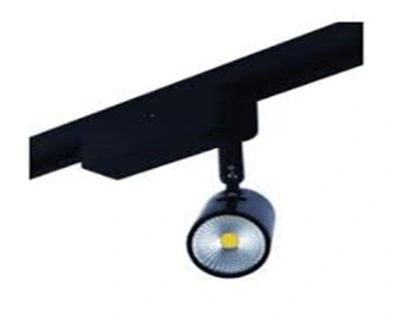

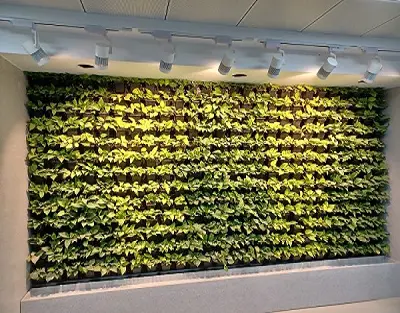
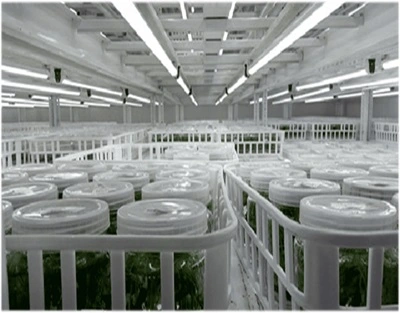
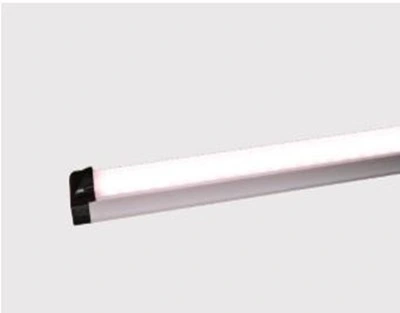

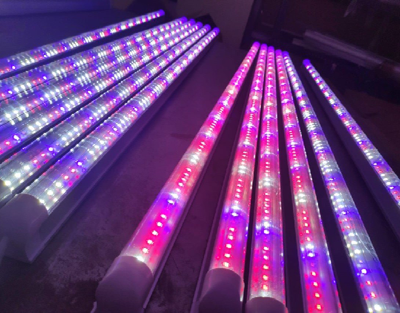
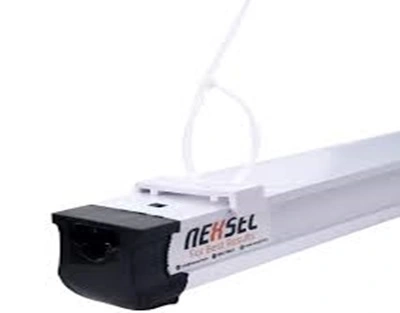
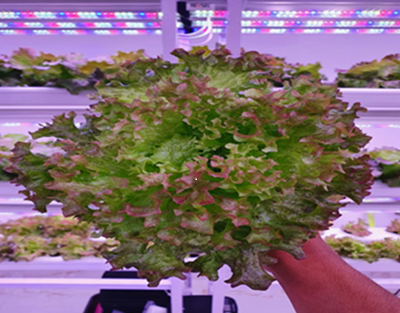
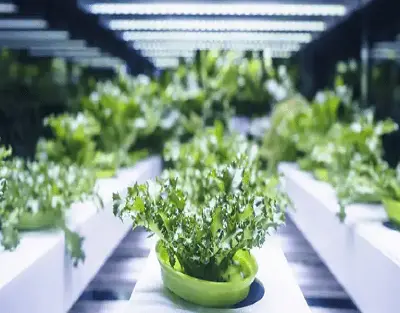
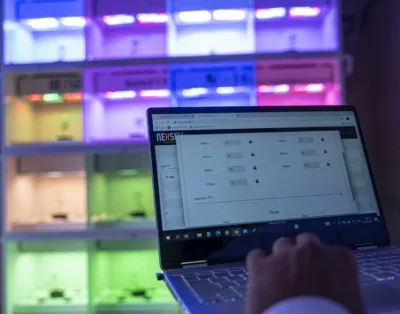


Leave A Comment